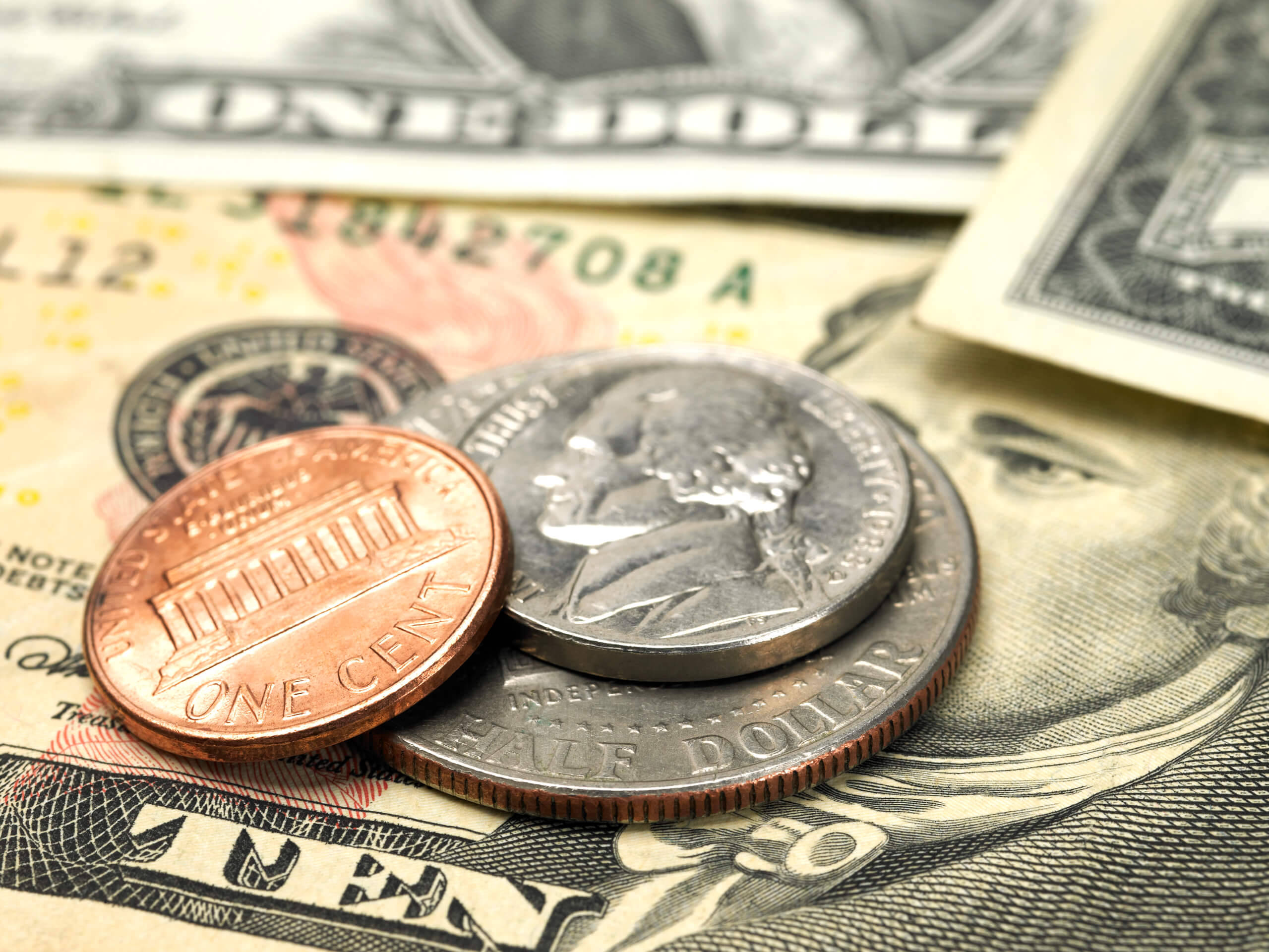The “Indirect” Costs of an Accident Are Higher than the Immediate Expenses
“An ounce of prevention is worth a pound of cure.”
I don’t know about you, but that adage never really clicked for me. Maybe it’s because I’m not a baker. Regardless, here’s a better one for all the workplace safety professionals out there:
An hour a week spent developing better safety habits is worth $25,000.
As attendees learned in our recent webinar, Establishing a Truly Effective Safety Culture, a single workplace accident can cost your organization a cool (well, not so cool) $25k.
Let’s break down how.
First, consider your workers’ compensation insurance premium, factoring in your experience modifier. As you’ll recall if you read our blog post on the subject, your ex-mod is a multiplier on your manual premium.
Say you run a car dealership, for instance. An average dealership pays about $75,000 a year in workers’ compensation insurance premiums. If you have a higher ex-mod of 1.2, you’re paying a total of $90,000 a year in premiums.
That’s right: different companies in the same state can pay different premiums for identical coverage. Your competitor down the street could be saving several thousand dollars because they have lower accident frequency and severity rates. Back to that “ounce of prevention” idea: Imagine you’ve achieved a lower-than-average ex-mod of 0.86. You’re now paying $64,500 for insurance—a savings of $10,500.
Now, consider what the Occupational Health and Safety Administration calls “the indirect costs” of the accident you avoided. We’re talking about the production time you would have lost, the costs of recruiting a new employee to replace the person who suffered the accident, the time it would take to hire and train the new worker, property damage, and lower workforce efficiency due to decreased workplace morale—all of that, plus the citation fine itself.
According to OSHA’s scale, these indirect costs can range from 1.1 to 4.5 times the difference between your manual premium and your ex-mod. Let’s use a middle-of-the-road multiplier of 1.5.
$10,500 (your ex-mod savings) × 1.5 (the rate of indirect costs associated with an accident) = $15,750
By adding that sum to your original savings, we come up with the following grand total:
$10,500 (your ex-mod savings) + $15,750 (the indirect costs you avoided) = $25,750
That’s significant for any small business. And keep in mind this theoretical example is a highly conservative one. At KPA, we have been able to bring clients’ ex-mods down from 1.5 to 0.8. That’s on the order of the 6-figure savings—I’ll let you do the math.
Best of all, KPA clients don’t need to spend any more time on safety than they can already afford. Our comprehensive, flexible platform empowers you to quickly and cost-effectively identify issues, implement better habits, and ensure compliance. See how it works.

